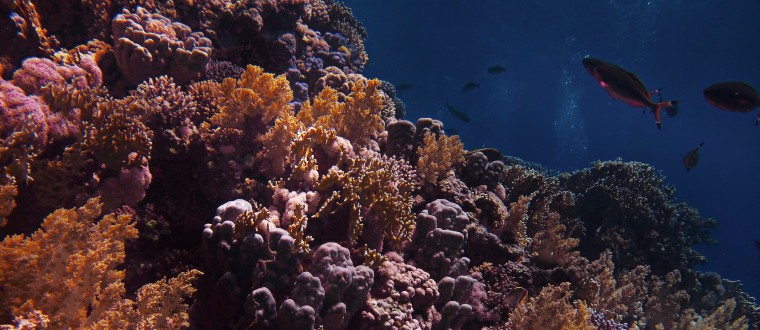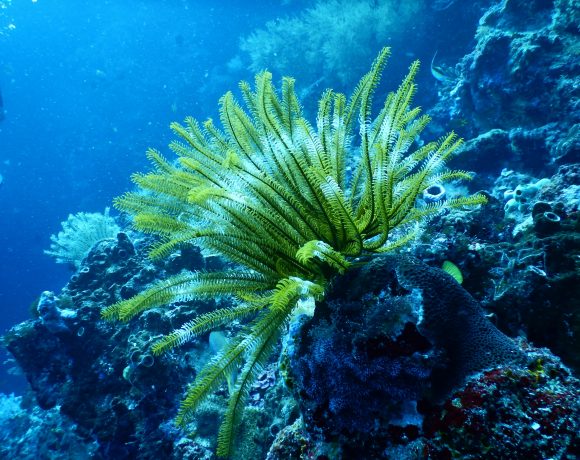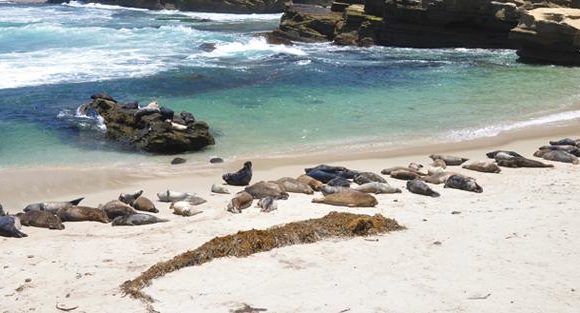Saving Coral Reefs: What’s Working for Scientists?

We see them mostly in photographs captured by divers who showcase their beauty underwater. But coral reefs are more than just decorations on the sea and ocean beds.
In fact, they play a crucial role in keeping coasts healthy and economies thriving. In the United States alone, the total economic value of coral reef services amounts to more than $3.4 billion annually and coral reefs also prevent $94 million worth of flood damages every year.
But it’s also no secret that there has been a long-time problem with how coral reefs are suffering from the effects of climate change and pollution. Mass bleaching is perhaps the biggest coral reef crisis in the world.
In 2016, the first major mass bleaching took place in the northern part of the Great Barrier Reef killing 29% of its shallow water corals. The same event also occurred in Seychelles where 50% of its corals died and the western Indian Ocean where up to 99% of corals were bleached.
With such an alarming rate of coral reef devastation, scientists have worked tirelessly for many years to save the world’s precious coral reef systems, and here’s what’s working:
Active restoration of coral reefs
The evident devastation of coral reefs has become so dire that the conservation community has agreed that “if we do nothing, we will lose everything.” Four years ago, the Coral Restoration Foundation with Jessica Levy as its restoration program manager started: “active restoration as a necessity for any chance of these corals persisting into the future.”
Replanting corals grown in nurseries into the oceans is still one of the most successful strategies implemented by experts to help restore the world’s coral reefs.
More marine protected areas
The first coral bleaching event was noticed in the 1980s, but it became more devastating in 2016 when a third of all the corals on the Great Barrier Reef were killed due to the warmer waters in the Pacific Ocean because of El Nino adding to the already increasing temperatures of the ocean.
To prevent such extensive devastation from happening again, scientists are pushing for more ways to protect and revive coral reef systems by creating more marine protected areas or underwater national parks where mining, recreation and fishing are prohibited to make coral reefs healthier and more resilient to sudden temperature changes.
According to famous marine biologist Slyvia Earle who leads Mission Blue, “Reefs that have been protected or not yet exploited by fishing impacts survive when nearby places do not.”
The takeaway
At the end of the day, the future of the world’s coral reefs depends on the collaborative effort of public and private organisations together with every citizen of the world.
Scientists are working hard to find ways to protect what’s left of the ocean’s coral reefs and make sure that massive events don’t happen again.
But private individuals can also help by becoming more responsible of how they dispose waste and maximise resources to allow coral reefs the opportunity to grow and thrive even in the midst of climate change.
Sources:
National Geographic: Scientists are trying to save coral reefs. Here’s what’s working
The Hill: 7 bold ways scientists are saving coral reefs
Read more about coral bleaching
Read about how Coral bleaching is threatening the Great Barrier Reef
Photo by Nariman Mesharrafa on Unsplash















